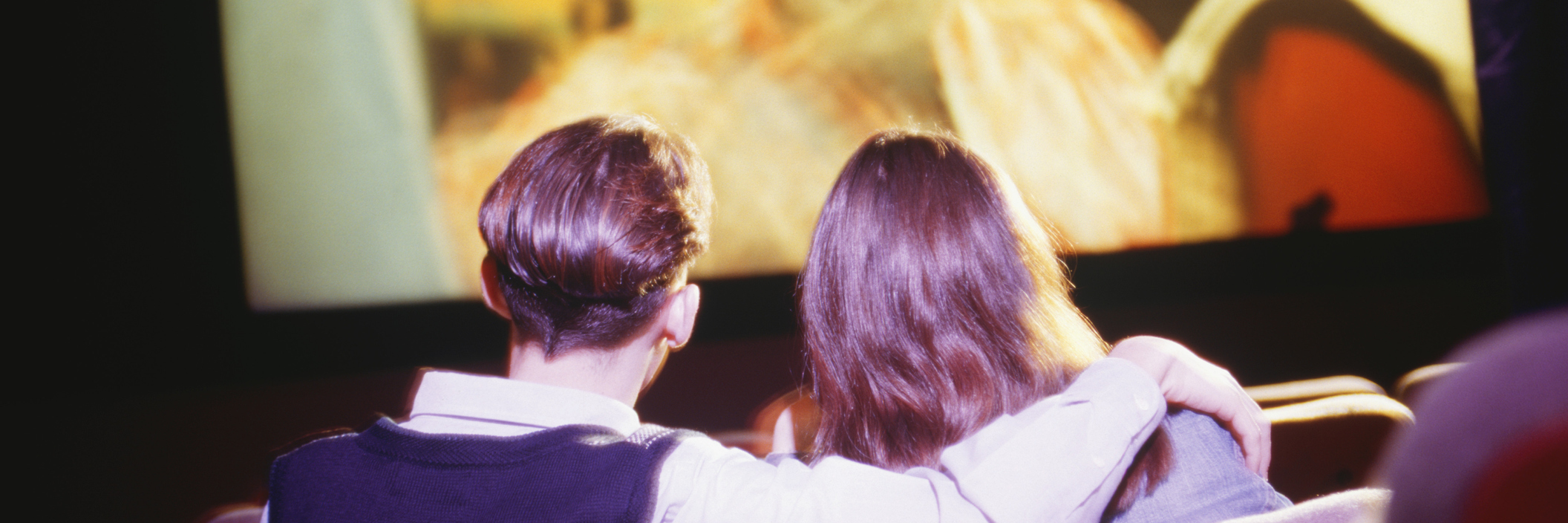The focus for many in the disability world is rehabilitation, inclusion and development of technology, techniques and policies that protect and empower the disabled person. These are all true and valid endeavors to pursue. As an adult, the more I explore my disability, my needs and my rights I keep coming back to the role of nondisabled people in disability awareness and rights. There needs to be a push to educate the nondisabled. They need to know about the technology available so people with disabilities can participate in the community. They also need to know about the rights of disabled people so they are more understanding and accepting when we exercise those rights. The more the nondisabled know, the more people with disabilities will be included in daily life. When nondisabled people are educated, disabled people will be more comfortable exerting their rights and take their place in the mainstream.
I have been hard of hearing since birth. I have moderate/severe hearing loss with unilateral hearing. I was fitted with a hearing aid at 3 years old. At that time education was focused on oralist approaches to rehabilitation. Therefore, I also received early intervention classes to make the most of my residual hearing.
It worked — or so I thought. For years I relied on my hearing aid and oralist/auditory skills to “get by,” though I was keenly aware there were times I misheard conversations when interacting with people and dialogue when watching some of my favorite movies.
For years I basically ignored my rights to hear what everyone else heard and the growing availability of assistive technology beyond my hearing aid to help me do so. I was only mildly aware of their availability. That is, I saw the sign in the windows of public places indicating they were available as needed. It took me ten years from the time I started using closed captioning at home to even think about using the service in public movie theaters. I felt like an imposter asking for the device. I worried the theater employees thought I was faking it. It took me a while to come to the realization that judging me was not their job. But asking for services was my right. So I finally asked for the device.
The device I was given was on a long bendy stick. After they programmed it for the movie my husband and I were seeing, I brought it to our seats. I fiddled with it until I could see the captions in the view finder end just under the screen — similar to how I watch captions at home. I was enjoying the movie using the captions when I needed to. The device did not obstruct my view of the rest of the screen; it didn’t bother my husband or anyone else that was watching the movie.
My husband told me later that he heard the couple behind us whispering well into the movie. He didn’t think much of it until an usher suddenly appeared and politely but summarily asked us to desist from using our “cell phone” to record the movie. I was momentarily flustered and reached for my phone, thinking it was on or somehow disrupting the movie. My husband was equally baffled. But just as quickly the usher appeared, she abruptly left after observing the device I was holding. Then my husband heard the usher explain to the couple that the “cell phone” I was using was an assistive device so I could enjoy the movie. I didn’t hear this of course. My husband, knowing that whispering to me was fairly futile, told me what he overheard later. So I spent a good portion of the rest of the movie a bit uncomfortable and disconcerted thinking about what was wrong. It took me a while to shake it off and actually concentrate on the rest of the movie.
Later, after my husband filled me in on what I did not hear, we had a talk about the incident. I was glad I requested the device. I’m not totally dependent on it to understand movies but, it made it so much less work. That probably sounds strange — enjoying a movie is work. But really, as much as I am auditory and enjoy movies and music — being attentive to any kind of sound is work. I needed the device for those key moments in the movie when the dialogue was too fast or the intonations were difficult for me to catch.
But I still went back to the thoughts and actions of the people behind us. I can’t believe that the people behind us just didn’t know. The assistive listening sign was on display at the ticket counter for everyone to see. Did they not wonder and figure out what that meant? The double c closed captioning
symbol could be found on any TV set or DVD these days. Even if they don’t directly use it, they will see it setting up a TV or starting a movie.
People with disabilities have come a long way. We have made gains in exerting our rights to education, demanded public policy reforms, and been the impetus in a whole sector of technology development. All of this so we can lead independent, productive lives with pride. But we don’t live in a vacuum. People without disabilities need to be part of the equation too. We need the focus to also be on educating our nondisabled coworkers, neighbors, and community members. When everyone is educated about issues important to people with disabilities, uncomfortable misunderstandings that make people question their place in the community happen less frequently. Then everyone will participate more fully and comfortably in civic life as equals.
We want to hear your story. Become a Mighty contributor here.
Photo by Thinkstock.

